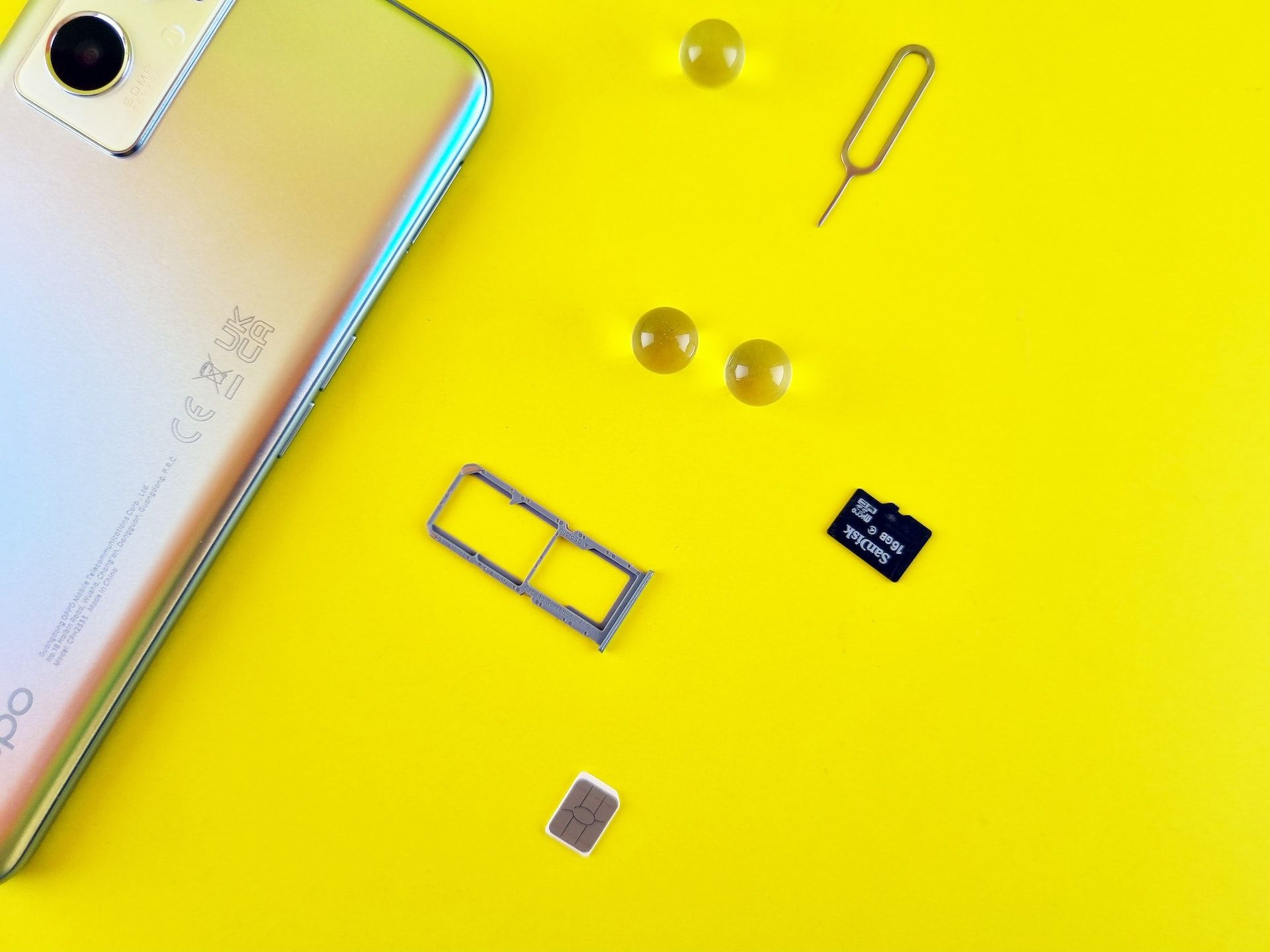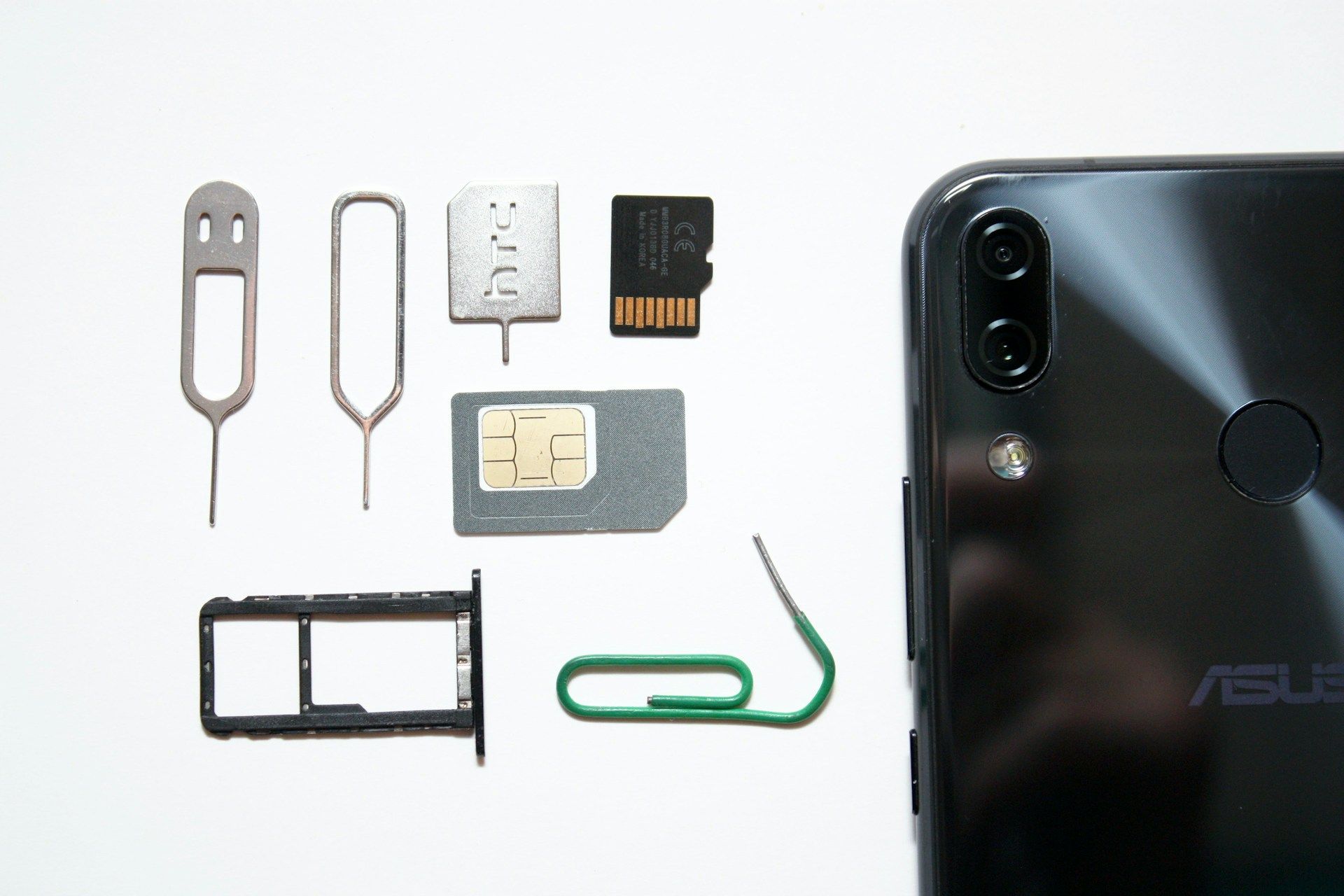eSIMs and Dual SIMs: Can you use your eSIM as a dual SIM?
The case of using an eSIM as a dual SIM
Summary
As smartphones become and increasingly integral part of our daily lives, we are now more connected than ever. As lifestyles shift, we have seen a demand for multiple phone numbers or data plans. Since the introduction of smartphones with dual SIM card slots, support for dual-SIMs are now considered an essential feature in the latest smartphones. In the conventional notion of a dual SIM card slot, a smartphone is able to contain two physical SIMs and you can easily switch between them. Today, as we see the rising popularity and demand for eSIMs, what does this mean for the dual-SIM setup.

What are eSIMs?
An eSIM, or embedded SIM, is a digital SIM card that is built directly into a device, such as a smartphone, tablet, or smartwatch. Unlike physical SIM cards, eSIMs are not removable and cannot be swapped out. Instead, they are programmable and can store multiple profiles from different mobile network operators.
The ability to store multiple profiles is similar to the concept of inserting multiple SIM cards into your device, except these SIM cards are not physical. Just like what happens when the SIM cards are inserted into your phone, and you are able to easily switch between networks, having multiple eSIM profiles installed allows you to easily switch between networks in just a few taps on your device.
Why would you use a dual SIM?
Smartphones with dual SIM capabilities would be very useful when you have more than one line. This is often in the case where you might want to have a separate line for personal use and for work. Having a dual SIM phone allows you to have both lines available on the same device, and you can be reachable on both lines without having to carry around two different devices.
Another use case where a dual SIM would be useful would be when you are traveling. A phone with a dual SIM capability allows you to insert a local SIM card when you travel, while keeping your primary line within the same SIM slot. This reduces the chances of you losing your primary SIM, and at the same time, it allows you to be reachable on your primary SIM while you travel.
Can eSIM be used as a dual SIM?
The short answer is yes, eSIM can be used as a dual SIM solution. This is of course subject to your device being able to support eSIMs and dual SIMs.
In fact, one of the biggest advantages of using an eSIM is the convenience and flexibility that it brings around the switching of (e)SIM profiles. With eSIMs, you can easily install the new eSIM profile, without having to go through the hassle of fumbling with an actual physical SIM card.
Which phones support dual SIM?
Most of the latest flagship phones today come with dual SIM support, although there could be differences in how dual SIM is supported. The traditional approach of dual SIM support involves having a SIM tray which could fit two physical SIM cards - and this is still found in most Android phones today.
However, having two physical SIM cards is not the only mode in which dual SIMs can be supported. Today, we also see dual SIM phones support the function through a hybrid manner, which includes one physical SIM and another eSIM; or in some cases, simply two eSIMs. This is typically how dual SIM is supported in iPhones (iPhone XR and later) and Pixel Phones (Pixel 3A and later).
On Samsung phones, dual SIM is traditionally supported through the use of two physical SIM cards. And in the case of Samsung phones that are also eSIM-compatible, dual SIM can also be used through the use of one physical SIM card and one eSIM. However, do note that the Samsung Galaxy Z Flip 5 phones only have a single SIM slot - this means that if you need to use dual SIM capability on the Flip 5, one of the SIMs has to be an eSIM.
Are there any limitations with using eSIM as a dual SIM?
If you want to use an eSIM in a dual SIM solution, your phone must at least be eSIM compatible; and the network that you are on must be able to support eSIMs for your device model. But even if you have an eSIM-compatible phone, and the network has support for eSIMs on your device model, as it currently stands, there could still be other limitations for the case of using eSIMs as a dual SIM.
- Number of active eSIM profiles allowed: While most eSIM-compatible phones allow you to have multiple profiles installed, there is a limit to the number of eSIMs profiles that can be active at any one point in time. For instance, if you are on a Samsung phone, you will only be able to have one eSIM profile active at any one point in time (even if you can have multiple profiles installed). This means that while your eSIM can act as your second SIM, you can't use two different eSIMs at the same time to achieve a dual SIM functionality.
- Single SIM for data: This is not a limitation that is unique to eSIMs, but rather, applies to dual SIM technology. Essentially, when you have more than one SIM, you will usually have to select the (e)SIM that you want to use for each function, such as calls, messages, and data. While it is possible (and easy) to switch between the (e)SIM profiles for calls and messages, you wouldn't be able use data from multiple (e)SIMs at the same time. However, use cases where you might need to use data from different (e)SIMs at the same time are rather rare.
How might dual SIM technology change?
With the introduction of eSIMs, it is now way easier to manage and change (e)SIM profiles. Most devices today support dual-SIMs in some form or another — whether it is two physical SIMs, one physical SIM and one eSIM, or two eSIMs. The concept of dual SIM or multiple SIMs are not going to go away. Instead, it is likely we will start seeing devices come with support for more SIMs at the same time.
As eSIM adoption increases, manufacturers will start (and have already started) to make a move to remove physical SIM trays. Although it might take a while before we see physical SIMs become totally obsolete, it shouldn't come as a surprise to see later devices equipped with more features and functionalities to support eSIMs. This essentially also means that we will also start seeing more devices with the ability to support more than one active eSIM profile at the same time.
In fact, with the introduction of eSIMs where the number of eSIM profiles that can be stored is no longer limited to just two, chances are that we will soon start seeing phones that support more than two active eSIMs at the same time.



